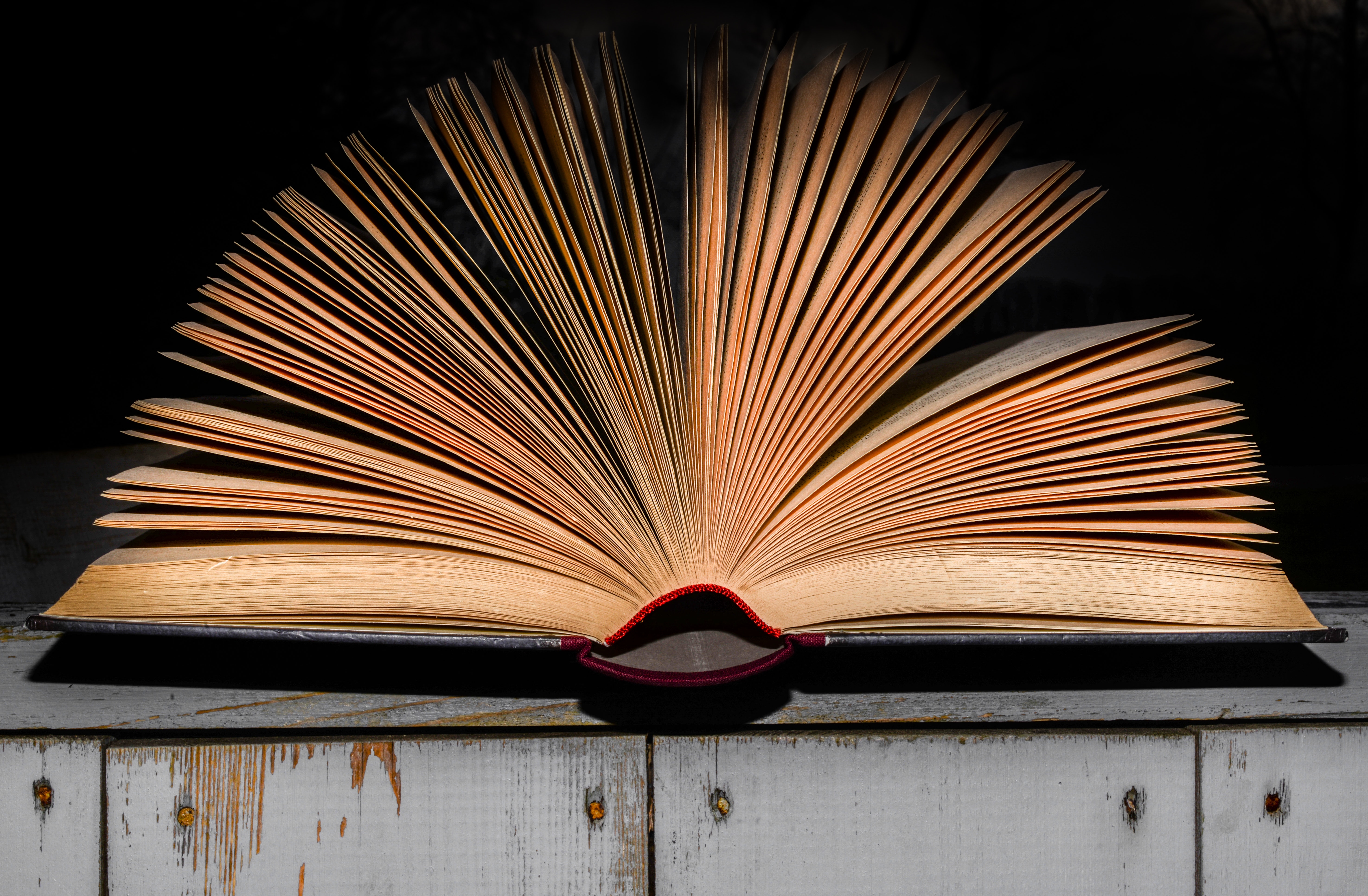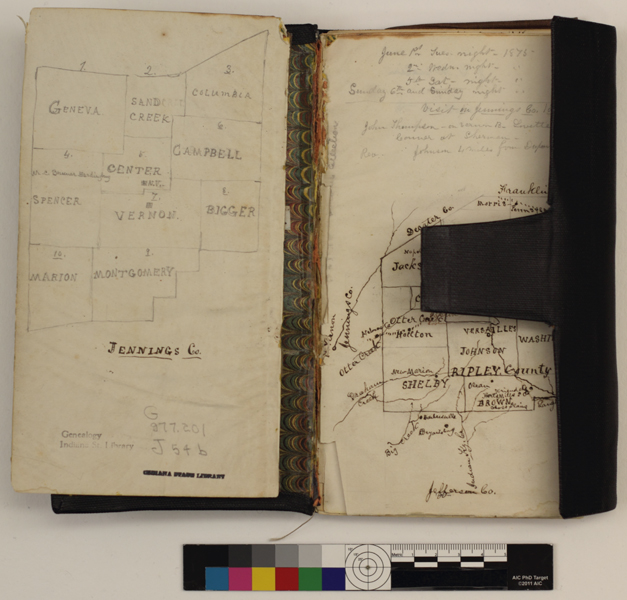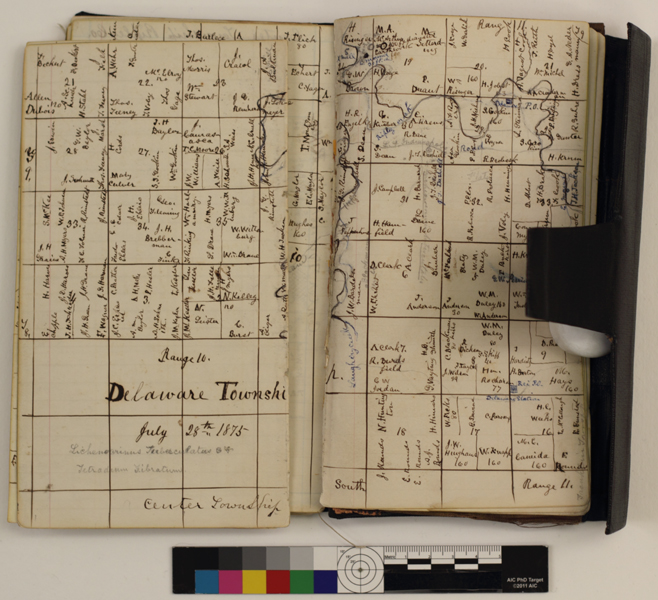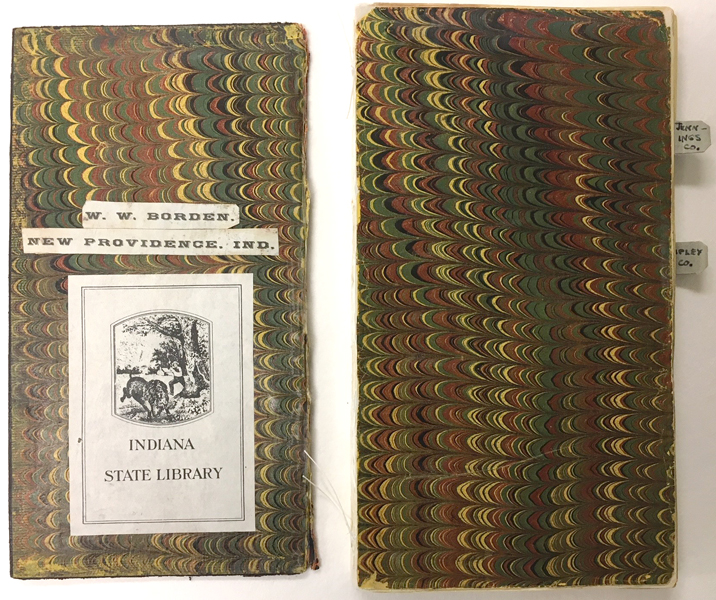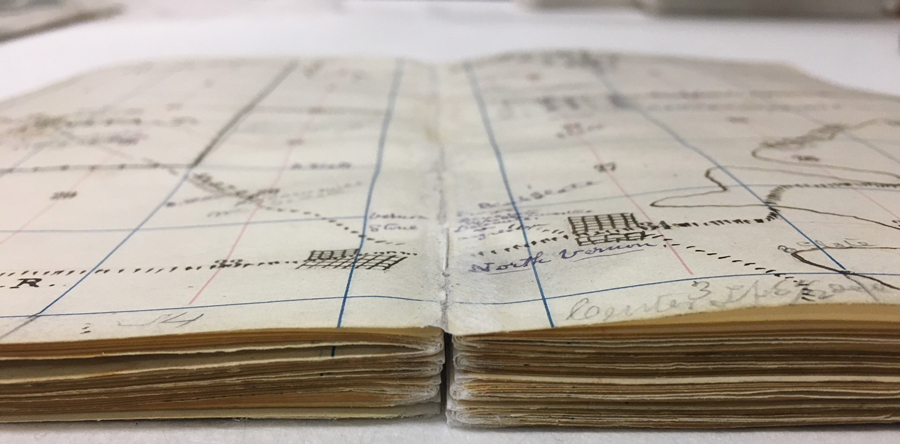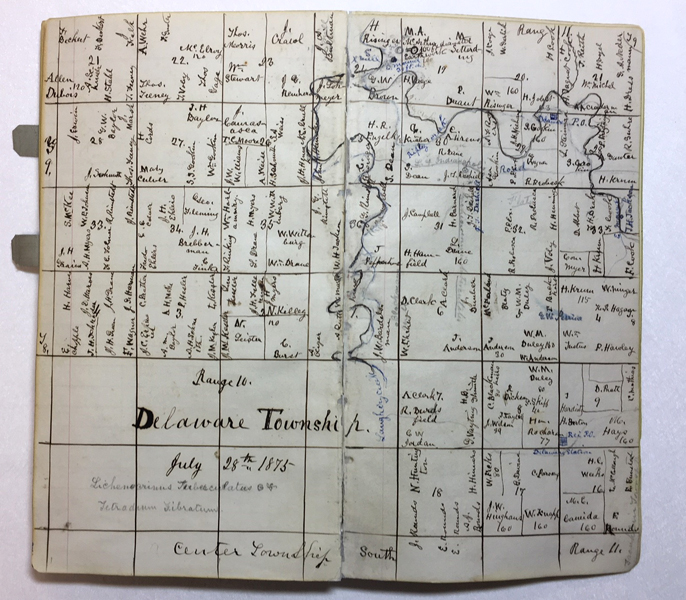Over the years, our genealogy print collection has seen a lot of use from library patrons. The Indiana Counties Collection in the genealogy division, in particular, remains one of our most popular resources for researchers. Continued usage over the years has left several books in a need of repair. In order to provide family historians, researchers and genealogy enthusiasts with high quality materials, we will need to send out several items from our genealogy counties collections to a bindery for some tender loving care and rebinding.
This process to improve our collection will mean that some materials may not be readily available and at certain times access to books in the county collection will be limited. The first part of this project will take place in June of 2018. During the month of June access to materials from Adams, Allen, Bartholomew, Benton, Blackford, Brown, Carroll, Cass, Clark, Clay, Clinton and Crawford counties may be limited. Researchers in these counties are strongly encouraged to contact Crystal Ward before June to discuss utilizing the books before they are sent to the bindery. The books will be returned shortly and we do not anticipate a delay in returning the books. The project will continue until all the repairs are completed. After we rebind books in counties A through C, we will move on to the next set of books in counties D through H until all repairs are made in every county from A to Z.
We appreciate your patience during this project. We will make every effort possible to accommodate your request for materials. We will provide updates in the future to notify you when counties become available for use and when access is limited.
This blog post was written by Crystal Ward, librarian in the genealogy department. If you would like more information, please contact the genealogy department at (317) 232-3689.

